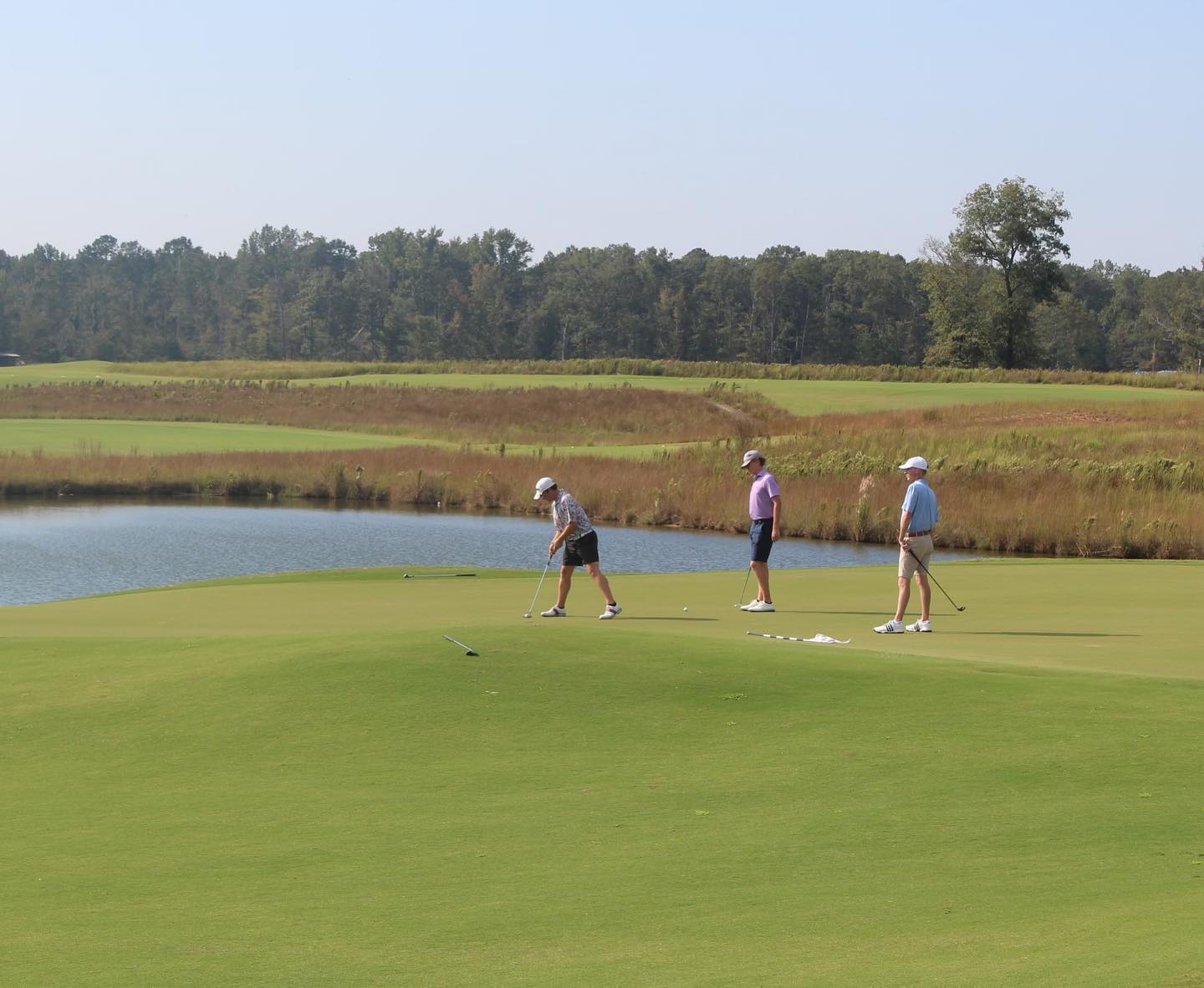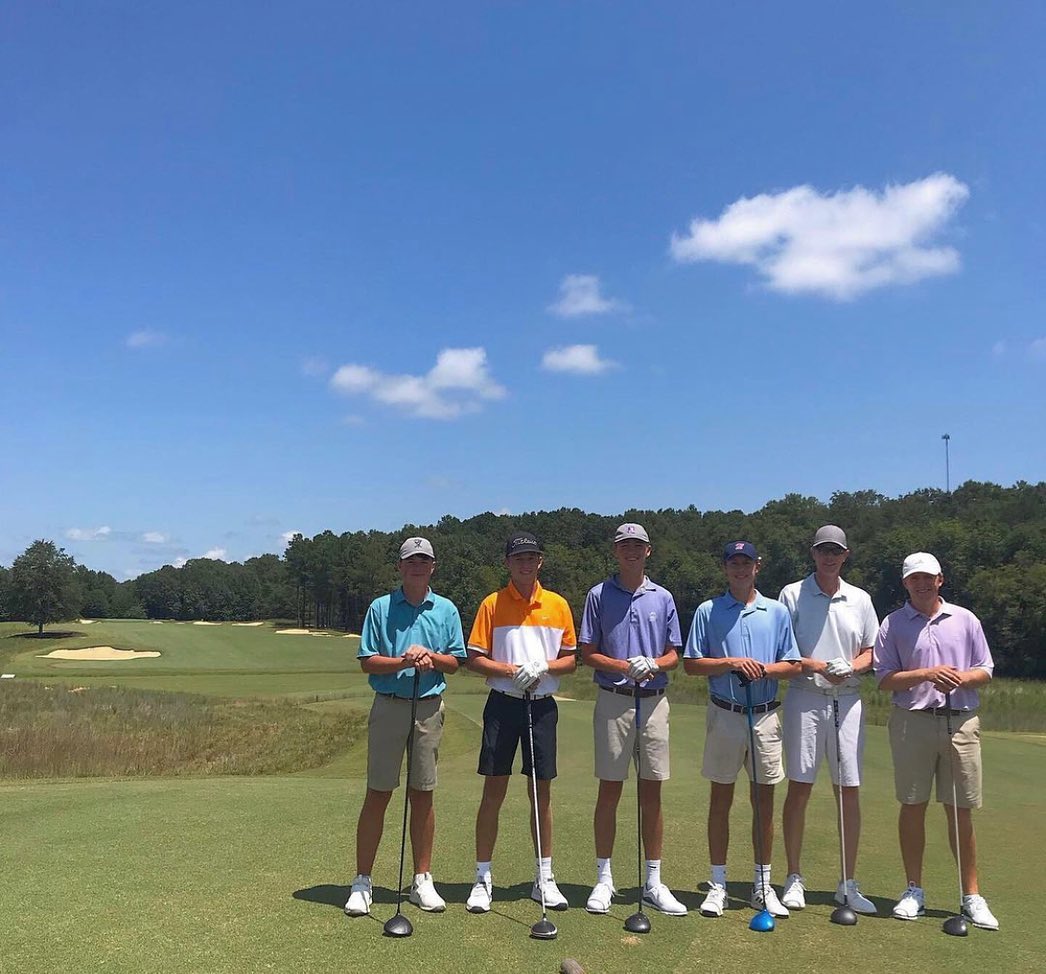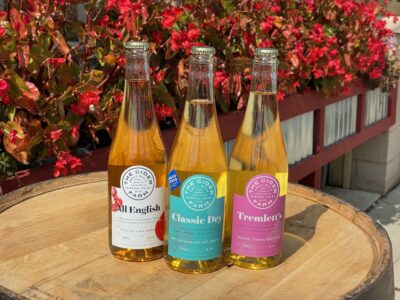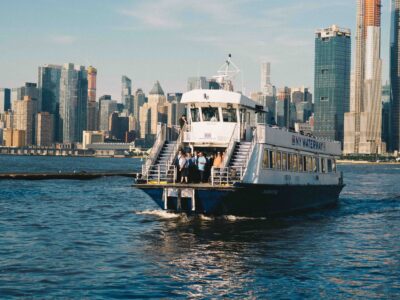“Nature’s Golf” was the concept behind creating the Mossy Oak Golf Course in the 2010s. Located in Mississippi’s Golden Triangle — between Starkville, West Point, and Columbus, MS — Mossy Oak was the brainchild of the George Bryan Family (owners of the neighboring private course Old Waverly), the West Point-based outdoors brand Mossy Oak and visionary designer Gil Hanse.
“The literal mission statement of our entire enterprise is connecting human beings with the outdoors and nature,” Toxey Haas, founder of the Mossy Oak brand, explained when plans for the club were announced in 2015. “The golf course is literally nature.”
Central to the “Nature Golf” plan was to take a mindful, sustainability-focused approach to the course’s design and construction, which aimed to leave as little a footprint as possible on the local habitat.
As co-founder George Bryan described, Mossy Oaks is “an old-style course in a modern environment.”
Key to making this idea a reality was Hanse, who created the heralded golf course for the 2016 Summer Olympics. “If he didn’t think he could build a course there, we would not have done it,” Bryan elaborated to “Golf Digest” in 2017. “We knew the style of architect we wanted, and Gil is a minimalist. He does not move a lot of dirt and preserves the natural habitat.”

Photo Courtesy Mossy Oak Golf Club
Hanse’s philosophy was to let the land dictate the lay of the course. Fairways flow with the existing terrain, and creeks remain on the grounds. The only real addition to the land was the planting of some new oak trees.
Two cow ponds, remnants from a dairy farm on the land, were turned into Tiger bass-stocked ponds. Bunkers were filled with sand dredged from a local river that blended in beautifully with the surrounding landscape.
The only significant amount of dirt moved during the construction was for a 7.5-acre irrigation lake; however, measures were also taken to conserve water usage.
“We reclaim a lot of the water through gravity,” Chris Jester, director of golf, shared with “USA Today” in 2017. “We have a commitment to not overwatering.” Additional water savings are achieved through the decision to go with slow-release organic fertilizer, which requires less water among its environmentally friendly qualities.

Photo Courtesy Mossy Oak Golf Club
The course’s commitment not to overwater is evident in the copious planting of native flora throughout the golf club grounds since these areas do not need to be irrigated. Native prairie grasses, for example, were restored around the clubhouse building and course, and regionally specific plant species were purposely chosen to serve as floral decorations around the grounds.
The widespread presence of native grasses, flowers, and other vegetation, moreover, serves to help the local wildlife flourish.
Some unique elements were in play behind the habitat preservation projects at Mossy Oaks. The golf club is located on land that is part of the Black Belt Prairie, a distinctive stretch of land in Mississippi and Alabama with origins dating back to the Cretaceous Period. Its name derives because the soil is unusually dark in color, and this parcel of earth is shaped somewhat like a belt.
Additionally, the land was originally a prairie — before farmers found out just how fertile the soil was. In the 1830s, the Black Belt covered more than 350,000 acres, but now just about 1% remains as prairie, according to JoVonn Hill, Mississippi State University researcher. Consequently, Mossy Oaks’ efforts to preserve prairie grasses and other indigenous flora not only serve to improve the environment for the future but also to help keep this historic prairie ecosystem alive.





